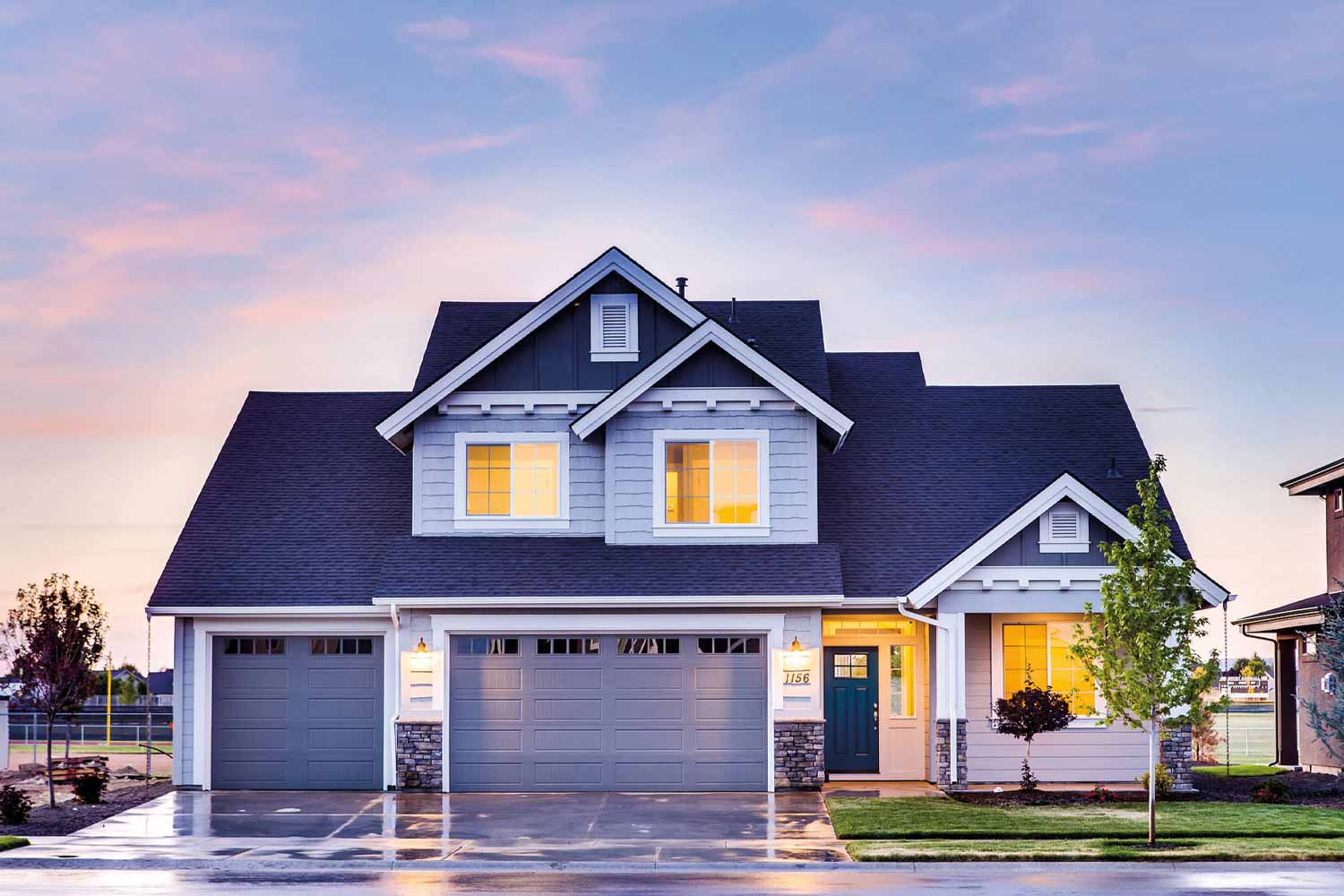IoT Devices for Smart Buildings to Automate and Increase the Safety
IoT devices have the potential to revolutionize the automation and safety of both public and private buildings. The Internet of Things (IoT) technology is already being used in smart homes, where appliances like fridges, microwaves, and lighting systems can be connected to smartphones, wearables, or computers. This allows homeowners to schedule tasks, adjust temperatures, and start appliances remotely, saving time and increasing convenience. However, there is much more that can be achieved with IoT technology in smart buildings.
Creating Comprehensive Building Management Systems
One area of focus is the development of comprehensive building management systems. By utilizing IoT sensors and applications, these systems can monitor and control various aspects of a building’s infrastructure. For example, they can regulate the temperature, lighting, and security of the structure. By integrating these systems with IoT technology, building owners can have real-time access to data and control over their properties, enhancing efficiency, comfort, and safety.
In terms of building security, IoT devices for smart buildings can be utilized to enhance surveillance and access control. Security cameras and sensors can be connected to a centralized system, allowing for remote monitoring and immediate response to any suspicious activities. Access control systems can also be integrated with IoT technology to provide secure and convenient entry for authorized individuals.
Furthermore, IoT technology can be used to improve energy efficiency in buildings. By connecting appliances and systems, building owners can monitor and optimize energy usage. For example, smart thermostats can learn occupants’ behavior and adjust temperature settings accordingly, resulting in energy savings. Lighting systems can also be automated to turn off when a room is unoccupied, further reducing energy consumption.
Homes Safe and Convenient Making for Disabled Residents and Children
While Building Management Systems (BMS) primarily focus on large-scale operations and financial efficiency, there is another facet of IoT applications that aims to create smarter buildings tailored to the specific needs of residents. This article explores how IoT sensors and smart home technologies are being utilized to ensure the safety and convenience of disabled residents and children. From monitoring ambient conditions to tracking activity levels, these innovative solutions significantly enhance the overall quality of life in buildings.
In homes where older or disabled residents reside, IoT sensors can be installed to monitor various parameters, such as temperature levels, ensuring that the living environment remains within safe and comfortable ranges. Additionally, these sensors can track the activity levels of the residents and seamlessly transmit this data to medical professionals. This real-time information enables prompt intervention and assistance, ensuring that any potential difficulties experienced by older or disabled individuals are immediately addressed.
IoT applications are also revolutionizing child safety within homes. With the use of smart sensors and connected devices, parents can create safe spaces for their children. By installing sensors on doors and windows, parents can receive alerts if their child attempts to leave designated areas. This technology provides peace of mind for parents, offering an additional layer of protection for young children who may not fully comprehend potential dangers.
Pets are an integral part of many households, and their safety is just as important as that of their human counterparts. IoT sensors can be utilized to monitor the activities of pets, ensuring they remain within safe boundaries. By equipping pets with wearable sensors, owners can track their movements and swiftly detect any unusual behavior or potential risks. This technology not only safeguards pets from harm but also helps pet owners promptly address any health or behavioral concerns.
What about SHM?
Creativity knows no bounds when it comes to IoT applications. Beyond safety, this technology can even be used to create optimal illumination levels within homes. By integrating wearable light sensors with automated shutters or curtains, homeowners can enjoy personalized lighting experiences. These systems adjust the level of natural or artificial lighting based on real-time data, creating comfortable and energy-efficient environments.
IoT applications in the realm of smart homes extend beyond the traditional focus on building management systems. By incorporating IoT sensors into residential spaces, buildings can be transformed into safe and convenient living environments for disabled residents and children. From monitoring ambient conditions to enhancing security and comfort, these innovative solutions redefine the concept of intelligent buildings. As technology continues to evolve, the potential for combining IoT with building management systems offers boundless opportunities to enhance the safety and well-being of residents in various settings.
Our sensors are compact, wireless, low power, and rugged, capable of operating in both indoor and outdoor situations. They are unobtrusive and non-invasive, making them ideal also for domestic use and in the most sensitive environments.
Founded in 2014, Next Industries is a young Company dedicated to protecting not only our most ancient heritage assets but also the places and buildings we live in. Please review our solutions and applications pages for some case studies on our activities in this area.
